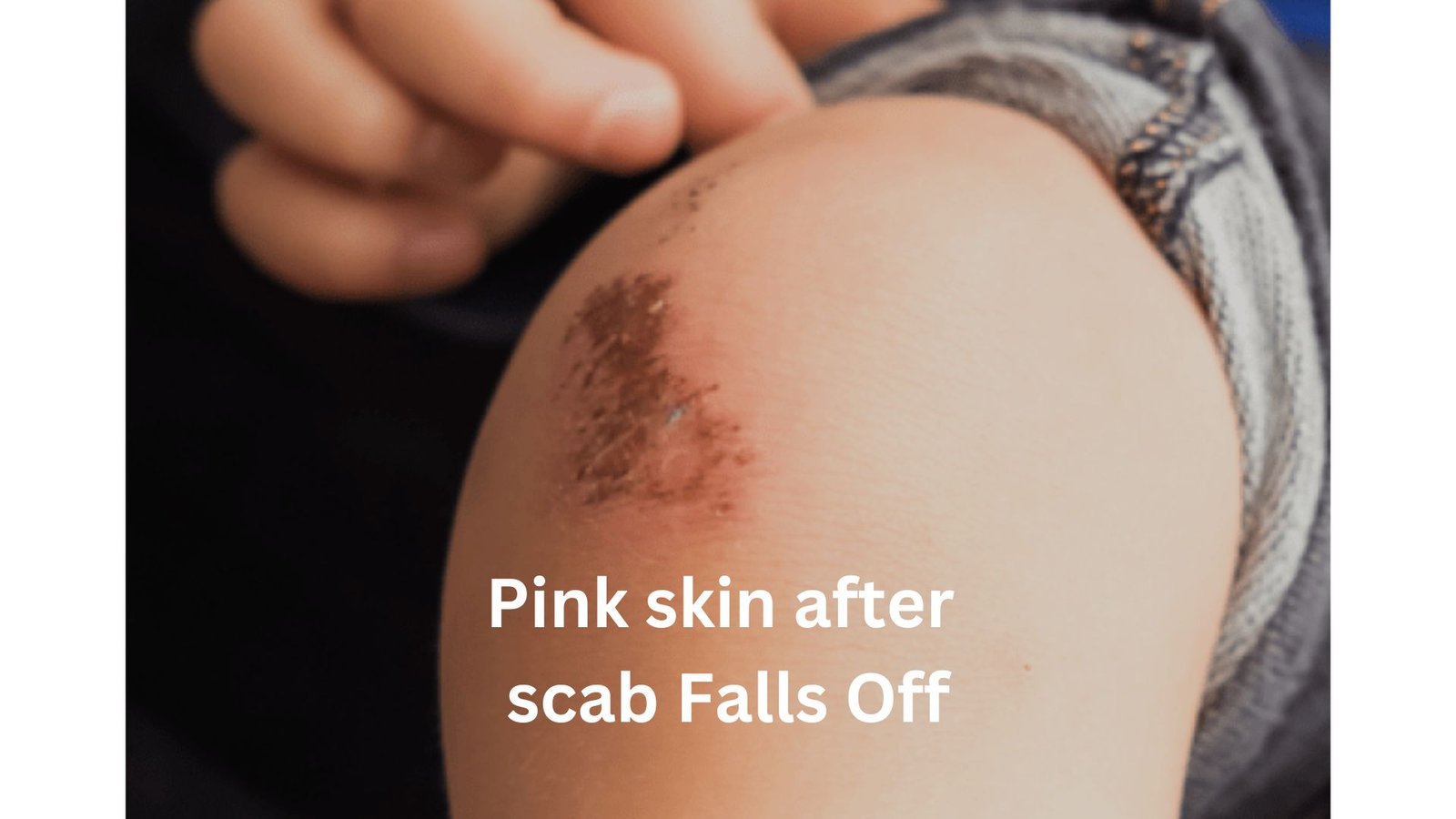Introduction :
The process of wound healing is a fascinating and intricate biological mechanism that our bodies employ to repair damaged tissues. When it comes to the formation of scabs, a natural protective crust that covers wounds, the debate arises on whether keeping them dry or moist accelerates the healing process. In this article, we will explore the science behind wound healing and delve into the age-old question: Do scabs heal faster in a dry or moist environment?
The Basics of Wound Healing:
Wound healing is typically divided into four overlapping stages: hemostasis, inflammation, proliferation, and remodeling. The formation of a scab occurs during the initial stages of wound healing. When the skin is injured, blood vessels constrict to reduce bleeding, and platelets form a clot to seal the wound. This clot eventually dries out and hardens, creating a scab that protects the underlying tissue from infections and further injury.
The Case for Keeping Scabs Dry:
Traditionally, the advice has been to keep wounds and scabs dry to promote faster healing. Proponents of this approach argue that a dry environment prevents bacterial growth, reduces the risk of infection, and allows for a more efficient healing process. Dry scabs also tend to fall off naturally once the underlying tissue has sufficiently healed, signaling the completion of the wound healing process.
The Importance of Moisture in Wound Healing:
On the contrary, recent studies have challenged the notion that dry environments are always superior for wound healing. Some experts argue that maintaining a moist environment around a wound can facilitate the healing process. Moisture helps prevent the formation of a hard and inflexible scab, allowing for a more flexible and elastic tissue repair. A moist environment also promotes cell migration, which is crucial for the proliferation phase of wound healing.
Finding the Balance: Between Dryness and Moisture
While the debate continues, it’s essential to recognize that the optimal approach might depend on the specific characteristics of the wound. Certain wounds may benefit from a dry environment, especially those prone to infection or those in areas prone to friction. Conversely, wounds in areas with limited movement or those at risk of drying out might benefit from a moist environment.
Modern Wound Care:
In the realm of modern wound care, healthcare professionals often recommend a middle-ground approach. Utilizing advanced dressings that maintain a balanced moisture level, allowing wounds to breathe while preventing excessive dryness, has become a common practice. These dressings create an optimal environment for wound healing by managing moisture, promoting tissue regeneration, and minimizing the risk of infection.
Conclusion -
The debate over whether scabs heal faster in a dry or moist environment continues, but the consensus is shifting towards a more nuanced understanding. Recognizing that different wounds may require different approaches, and embracing modern wound care techniques, can contribute to more effective and personalized healing strategies. Ultimately, consulting with healthcare professionals and following their advice based on the specific characteristics of the wound remains paramount in promoting optimal healing.
Faq related to "Do scabs heal faster dry or moist?"
Yes, scabs are a natural part of the wound healing process. When the skin is injured, platelets form a clot to seal the wound, and this eventually dries out and hardens, creating a scab that protects the underlying tissue.
Traditionally, it has been recommended to keep wounds and scabs dry. This approach aims to prevent bacterial growth, reduce the risk of infection, and promote efficient healing. Dry scabs often fall off naturally as the underlying tissue heals.
Recent studies suggest that maintaining a moist environment can facilitate wound healing. Moisture helps prevent the formation of a hard and inflexible scab, allowing for a more flexible tissue repair. Additionally, a moist environment promotes cell migration, crucial for the proliferation phase of wound healing.
Wounds prone to infection or located in areas subject to friction may benefit from a drier environment. Dry conditions can discourage bacterial growth and friction-related complications.
Wounds in areas with limited movement or those at risk of drying out might benefit from a moist environment. Moist conditions can promote a more elastic tissue repair and support cell migration during the healing process.
Yes, modern wound care often involves a balanced approach. Healthcare professionals may recommend advanced dressings that maintain an optimal moisture level, allowing wounds to breathe while preventing excessive dryness. This approach aims to manage moisture, promote tissue regeneration, and minimize infection risks.
Consult with healthcare professionals for personalized advice based on the characteristics of your wound. Factors such as location, size, and the risk of infection play a role in determining whether a dry or moist environment is more suitable for optimal healing.
Yes, extremes in moisture levels can be counterproductive. Too much moisture may lead to maceration (softening of the skin), while excessive dryness can impede the healing process. Striking a balance, often with the guidance of healthcare professionals, is crucial.
It’s generally advised to let scabs fall off naturally. Attempting to remove a scab prematurely can disrupt the healing process and increase the risk of scarring and infection. Allow the scab to detach on its own as a sign of complete healing.
Proper wound care, including considerations of moisture levels, is vital for optimal healing. Following healthcare professionals’ advice, using appropriate dressings, and maintaining a clean environment contribute to a more efficient and effective healing process.











